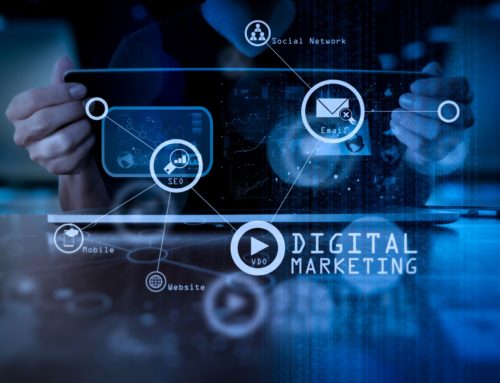Best Ways to Manage Your Staff During COVID-19

Maintain a Consistent Catch-up With Your Staff
Earlier on, having regular catch-ups meant building physical rapports and getting to understand your team; which may not be possible since your team is now working remotely. But thanks to the advancement in technology, you can still stay connected virtually. This time around, you will be dealing with an interrupted work setup which may be trickier to implement. The virtual team catch-ups help to maintain a strong connection with your staff. As the leader, you’ll manage to pick up from a person’s conversation the little things that may indicate how the person is fairing on.
If possible, go for face-to-face communications like video conferencing. These video platforms help the whole team to feel more connected than would audio conferences. If some of your employees cannot manage these video meetings, try to be. Video meetings will help you know how they are progressing. Schedule private meetings with those who feel distressed or overwhelmed and let them speak openly on what they’re undergoing.
Provide Support even Beyond the “Normal” Workplace
On realising that your employee(s) is struggling with a particular workload, be responsive. If in need of structured support, consider connecting the person to your assistance program (if it exists in your organisation) or referring them to external mental health services or resources. Approve leave requests when there’s a need and think of modifying work duties that will reduce pressure while giving your staff members sufficient space and time to work and stay connected. Note that, it’s not always your responsibility to help your team when they are depressed. However, you have a significant role in supporting their work.
Come Up With Equitable Employee Structures
If you’ve got some of your staff members still reporting to the office while others are working remotely, you’ll need to create fairness across the two groups. Work hand-in-hand with the in-charge HR to review and modify some company policies. These structures should give employees equal access to opportunities and benefits provided by your organisation during COVID. The employees coming to work on-site should also receive PTOs or sick leave.
While doing so, remember that those working from home are also trying to juggle various things. You can divide the remote workers into different teams and allow them to alternate their workdays as you provide them with snacks and free food. Permit COVID-19 high risk-employees like those aged 65 and above, the pregnant women, and those with weak immune systems to have less work or get regular sick leaves. With this, they’ll have sufficient rest and work in what they can and produce quality work.
Focus on Development and More Learning
This is the best time to focus on positivity. A perfect example is learning new skills and developing what your staff has. Learning programs will better employee retention and engagement, whereas development programs will polish their skills and thus improve their performance. Consider sharing a specific resource to all members of the team and give them a timeline of learning. Whatever programs you end up laying down for your team, don’t just leave it there – schedule follow-up sessions that will help you check-in and see how they’re progressing.
Seek Feedback
Yes, they’re all listening, adjusting, learning, and developing. Is there feedback in all these? How best do you mark their progress? You’ll have to get consistent feedback from your team so that you’ll know where to come in and assist. Feedback helps you to determine what is not working as expected and what makes your staff feel safe.
Feedback also drives remote workers to invest in top-notch decisions. They’ll think of learning with the intention of growth and not just passing the time. As they give you feedback, be conscious to ask them open-ended questions like, “Has your remote working environment increased or lowered your performance?” Avoid questions that need yes/no answers. After getting the feedback, share the information with other senior leaders and discuss other ways to manage your staff and what to do to improve the work performance of the team.




